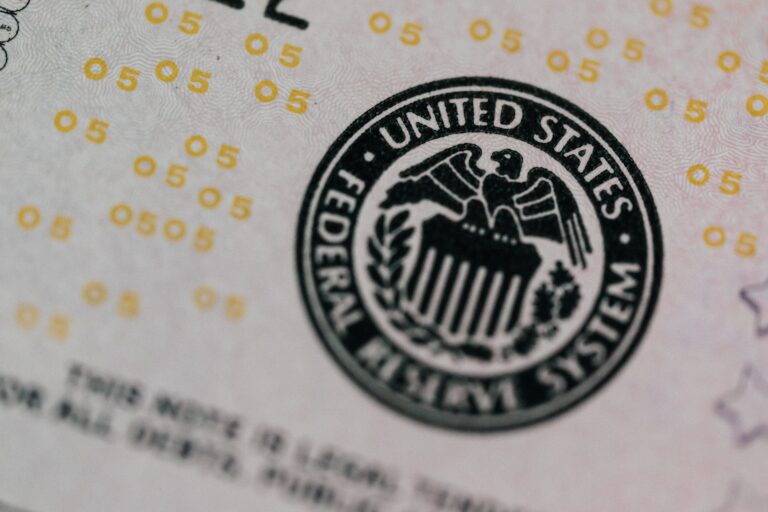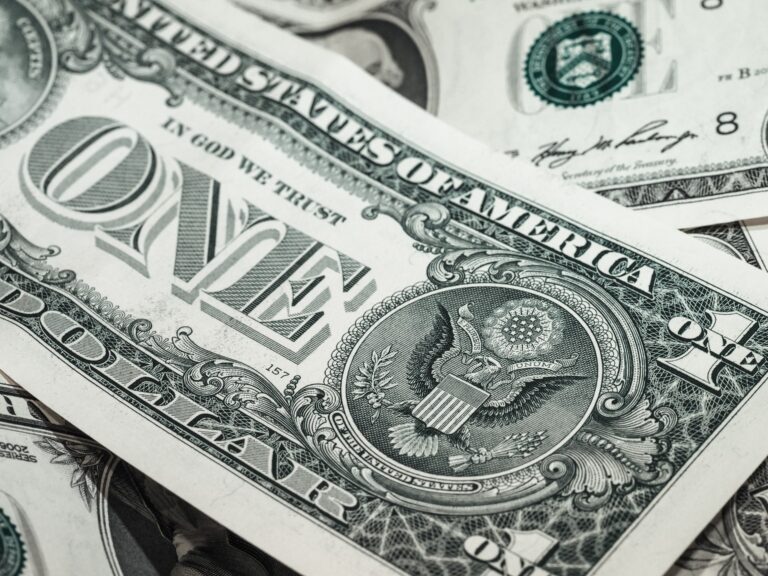
Mechanisms behind current US Dollar movements
Discussion and Analysis by Charles Porter:
The strength of the Euro against the dollar and the relative weakness of the dollar against other major currencies is primarily explained by adverse dynamics surrounding the US political economy.
Macroeconomic and political uncertainties in the United States (US) is being framed as partially responsible for the progression of the Euro-Dollar exchange rate in favour of the former currency. However, of considerable importance too is the relative strength of the Euro generated by promising macroeconomic performance and the lack of comment on the Euro’s strength by the ECB president, Mario Draghi, upon two opportunities last week.
Currency fluctuations resulting in a weaker US dollar are being blamed on the uncertainty generated by the Trump administration. Specifically, political uncertainty stems from the accentuation of the threat posed by North Korea in addition to uncertainty surrounding the timing of Trump’s promised tax reform and his admonition of disregard for a breach of the debt ceiling. In addition to the political uncertainty that feeding back into currency markets, uncertainty is being fostered by the macroeconomic management of the US central bank, the Federal Reserve.
Macroeconomic uncertainty created by the Federal Reserve is driven by fears of indecision and the uncertainty of future rate-hike timings. Increasing uncertainty around the US political economy is met by a risk-off investor climate. Therefore, as the market moves towards safer assets, of which the US Dollar is a usually quintessential member, the US dollar is being forgone for safer alternatives. The gains that the Euro has and is making against the dollar are arising because the single currency appears relatively more safe than previous evaluations.
On the back of promising data releases over the past weeks and two market-spurring speeches at Jackson Hole and in Lindau by ECB president, Mario Draghi, the Euro appears attractive. Despite the territorial threats unsettling Japan, the Yen has made considerable gains against the dollar this week. Ultimately, therefore, dollar weakness appears to be the driver of major currency fluctuations and exacerbated by the relatively security of other major currencies.
US consumer confidence results, due to be released at 3pm today, will be watched closely given the currency market backdrop. The most recent Eurozone consumer confidence data was strong and US Dollar based exchange rates are likely to be sensitive to the forthcoming data release.
Related Insights

Daily Brief – Independent Central Banks
Independent Central Banks The concept that has served the USA and the wider world so well for more than 8 decades is being tested in respect of the Federal Reserve by POTUS and the financial world is largely so far, complacent. Distinguished economist Paul Krugman wrote an excellent piece yesterday and his conclusion, other than […]

Daily Brief – Jackson Hole
Jackson Hole This week’s annual gathering of top global economists and policy makers at the Wyoming resort will be more than usually closely followed by markets. The big event is on Friday when Fed Chair Powell will speak. Mostly the expectation is that Jerome Powell will adopt a less hawkish tone and will signal the […]

Daily Brief – 532,046
532,046 That was the number of members of the Labour Party at its peak in 2019. By the end of 2024, after Sir Keir and his team had won an election and placed their stamp on the UK, that number had fallen to 333,235. This together with the flagging Conservative Party represents the widespread disillusionment […]


 Humphrey Percy
Humphrey Percy